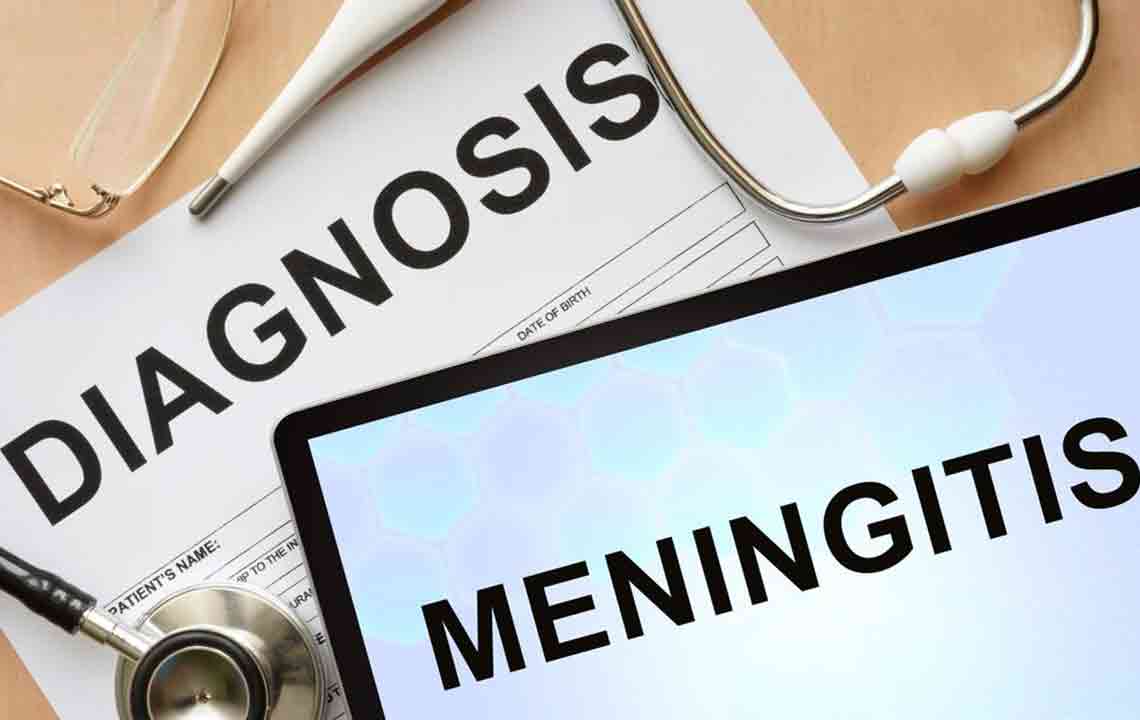Comprehensive Guide to Meningitis: Recognizing Types, Symptoms, and Critical Early Indicators
This comprehensive guide provides in-depth information about meningitis, covering its types, symptoms, and early warning signs. Understanding these aspects is crucial for prompt diagnosis and treatment, which can be lifesaving. The article explains bacterial, viral, fungal, and chronic meningitis, highlighting their causes, symptoms, and treatment options. Recognizing early indications like sudden headache, fever, and neck stiffness can significantly improve recovery outcomes. Spread awareness about meningitis and its severity to ensure timely medical intervention, reducing the risk of serious complications and death associated with this potentially deadly disease.

Comprehensive Guide to Meningitis: Recognizing Types, Symptoms, and Critical Early Indicators
Meningitis is a serious condition characterized by the inflammation of the meninges, which are the protective membranes covering the brain and spinal cord. This condition can arise from infections caused by bacteria, viruses, fungi, or parasites, leading to swelling that can cause significant damage to the central nervous system if not diagnosed and treated promptly. Early recognition of meningitis symptoms is vital because the illness closely mimics common flu-like symptoms, often leading to misdiagnosis or delayed treatment. Since meningitis can be fatal or cause long-term neurological damage, understanding its various types, symptoms, and warning signals plays a crucial role in reducing risks and ensuring timely medical intervention.
Understanding Different Types of Meningitis
Bacterial Meningitis - This form of meningitis is caused by bacteria entering the bloodstream and infecting the meninges. It is considered a medical emergency that requires immediate treatment to prevent severe complications or death. Common bacteria responsible include Streptococcus pneumoniae, Neisseria meningitidis, Haemophilus influenzae, and Listeria monocytogenes. Vaccination programs exist for some of these pathogens and play a vital role in prevention. Early antibiotic therapy can significantly improve outcomes, but rapid diagnosis is essential.
Viral Meningitis - Focused more commonly among viral causes, this type of meningitis tends to be less severe and often resolves on its own. Viruses like herpes simplex, mumps, HIV, and West Nile are typical culprits. The body's immune system can naturally eliminate many of these viral infections, especially in healthy individuals. Nevertheless, supportive care is necessary, and hospitalization may be required to manage symptoms.
Chronic Meningitis - Unlike acute cases, chronic meningitis develops gradually over weeks or even months. It results from slow-growing pathogens such as certain fungi or viruses. Symptoms are similar to those of acute meningitis but tend to be milder at first and progression is slower. Chronic meningitis often requires specialist diagnosis and prolonged treatment strategies.
Fungal Meningitis - Although rare, this form affects primarily immunocompromised individuals, such as those with AIDS or other immune deficiency disorders. Fungal pathogens, including Cryptococcus species, cause this disease, which is not contagious via casual contact. Timely antifungal therapy is essential, as untreated fungal meningitis can be fatal.
Recognizing Meningitis Symptoms Early
Initial Signs - The foremost symptoms include a sudden and severe headache, high fever, stiff neck, nausea, vomiting, and overall discomfort. These symptoms can be accompanied by joint pain, chills, pallor, and bluish coloration of the lips, indicating possible oxygen deprivation. Prompt attention to these signs can be lifesaving, emphasizing the importance of immediate medical assessment when such symptoms appear.
Progressive Symptoms - If not diagnosed and treated swiftly, meningitis symptoms can worsen dramatically. Patients may experience drowsiness, confusion, seizures, sensitivity to light, skin rashes, rapid breathing, and alterations in consciousness. In infants and young children, symptoms often include irritability, persistent vomiting, lethargy, and stiff limbs. Recognizing these advanced signs early allows for urgent medical intervention, reducing the risk of permanent damage or death.
In any case of suspected meningitis, rapid medical consultation is crucial. Immediate diagnosis through laboratory testing and imaging is vital for initiating effective treatment plans, which may include antibiotics, antivirals, antifungals, and supportive care. Early detection and proper management are the cornerstones of improving survival rates and minimizing long-term complications associated with meningitis.





